Museo della Carta in Pescia (Italy), 25 June - 3 September 2022
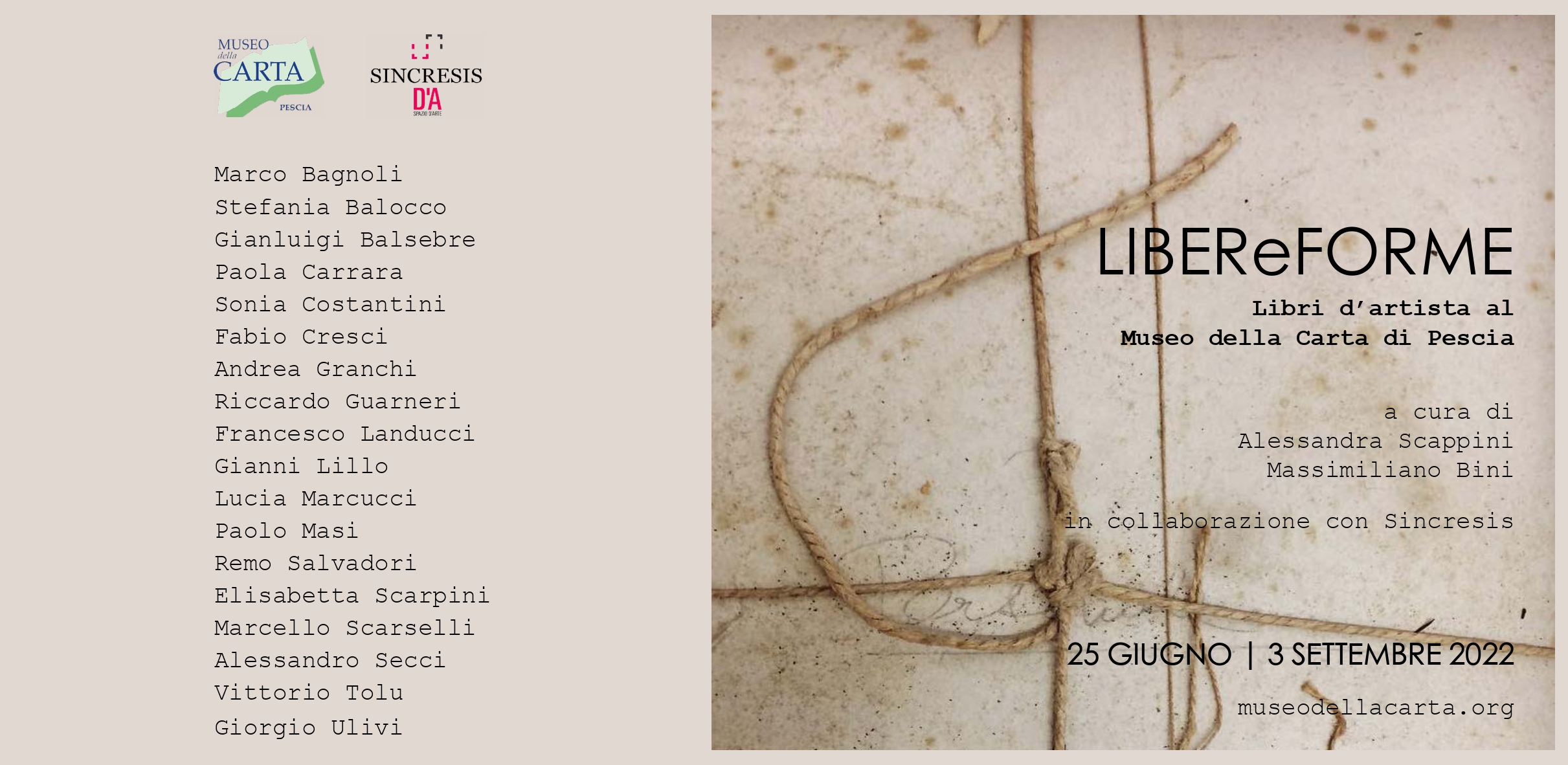 LIBEReFORME
LIBEReFORME
Libri d’artista al Museo della Carta di Pescia
This exhibition showcases 18 rare and artistic books from various Italian artists: Marco Bagnoli, Stefania Balocco, Gianluigi Balsebre, Paola Carrara, Sonia Costantini, Fabio Cresci, Andrea Granchi, Riccardo Guarneri, Francesco Landucci, Gianni Lillo, Lucia Marcucci, Paolo Masi, Remo Salvadori, Elisabetta Scarpini, Marcello Scarselli, Alessandro Secci, Vittorio Tolu, Giorgio Ulivi.
The exhibition explores the concept of the book as an art form, that changes the original function of the object as a support for written documents into a tool for creativity and artistic communication. As the finissage of the exhibition on 3rd September, a paper art workshop will take place together with one of the artists.
The Museo della Carta hosts this exhibition in the light of its institutional mission that focuses not only on the preservation of paper artifacts and traditions but also on promoting new art forms that are based on paper manufacturing.
More information: https://museodellacarta.org/museo/eventi
>>>
Italian Language:
Sabato 25 giugno alle ore 10.00 inaugura al pubblico la mostra LIBEReFORME. Libri d’artista al Museo della Carta di Pescia organizzata in collaborazione con l’associazione culturale per le arti contemporanee Sincresis di Empoli con la curatela di Massimiliano Bini e Alessandra Scappini.
Le 18 opere in mostra, a vario modo connesse al tema carta e allestite negli spazi dell’Archivio Storico Magnani del Museo della Carta, sono legate al progetto promosso da Sincresis 100×100 Libri d’artista nato per la promozione e la valorizzazione del libro d’artista come creazione, frutto di un’esperienza unica. Il libro diviene esso stesso opera d’arte, o in quanto oggetto, o in quanto contenuto. Esso infatti “scardina” la funzione propria del libro, oltre che la sua forma, divenendo uno strumento di comunicazione artistica. Sono presenti le opere di: Marco Bagnoli, Stefania Balocco, Gianluigi Balsebre, Paola Carrara, Sonia Costantini, Fabio Cresci, Andrea Granchi, Riccardo Guarneri, Francesco Landucci, Gianni Lillo, Lucia Marcucci, Paolo Masi, Remo Salvadori, Elisabetta Scarpini, Marcello Scarselli, Alessandro Secci, Vittorio Tolu, Giorgio Ulivi.
Il Museo della Carta di Pescia conferma il suo ruolo di istituzione volta non solo alla conservazione, alla tutela e alla promozione delle sue collezioni storiche ma anche all’attualizzazione della secolare tradizione cartaria grazie agli innovativi impulsi sempre offerti dall’arte contemporanea.
La mostra rimarrà visitabile gratuitamente dal 25 giugno al 3 settembre 2022 presso l’Archivio Storico Magnani di Pescia – Cartiera Le Carte, Via Mammianese Nord n. 229, Pietrabuona – Pescia con il seguente orario: lunedì, mercoledì e sabato dalle 10.00 alle 18.00.
Il 3 settembre per il finissage della mostra è previsto un workshop con l’artista durante il quale i partecipanti avranno la possibilità di prendere parte alla realizzazione di un libro d’artista.
Per maggiori informazioni: https://museodellacarta.org/museo/eventi
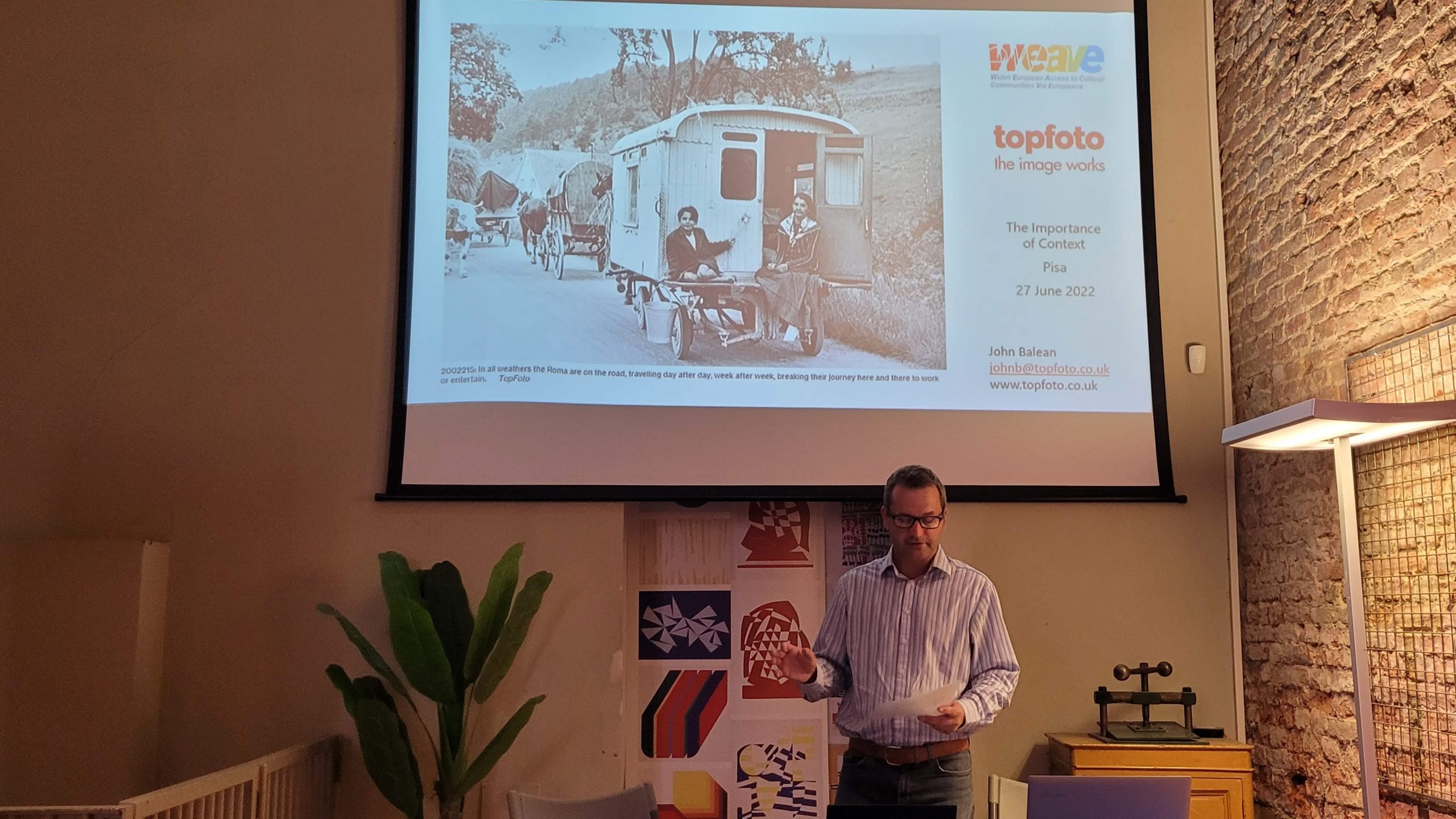


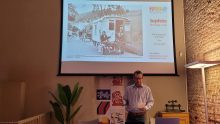
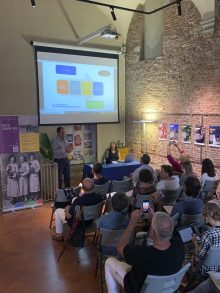





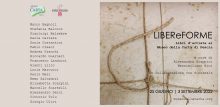
 LIBEReFORME
LIBEReFORME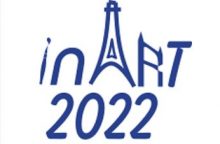
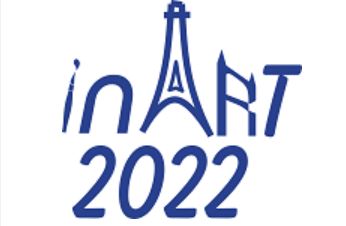
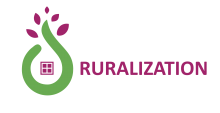
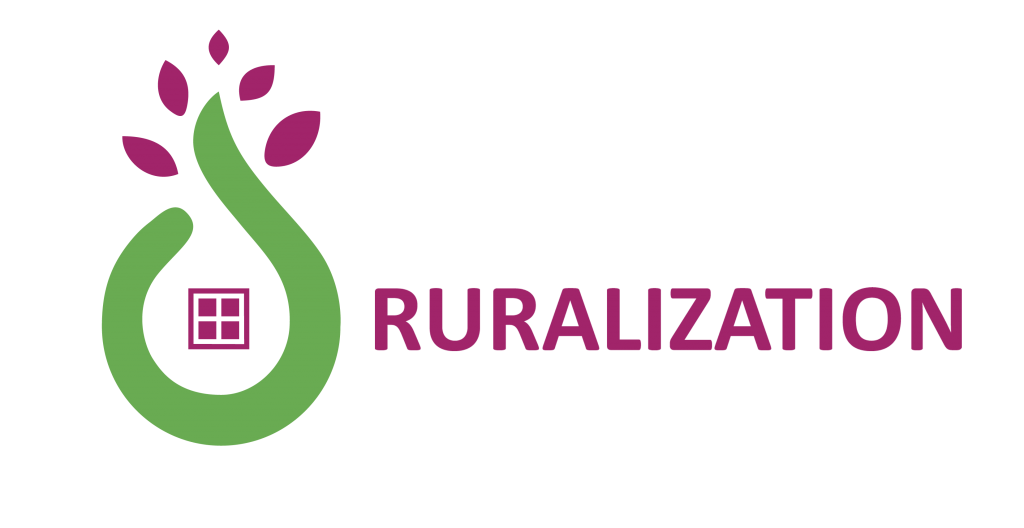

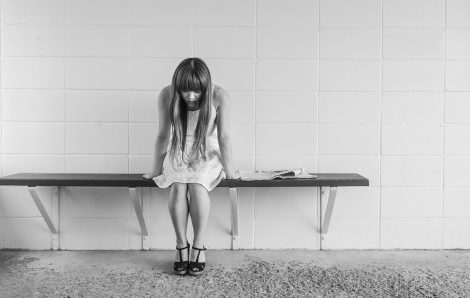
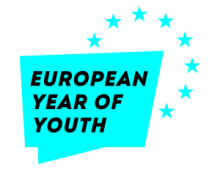

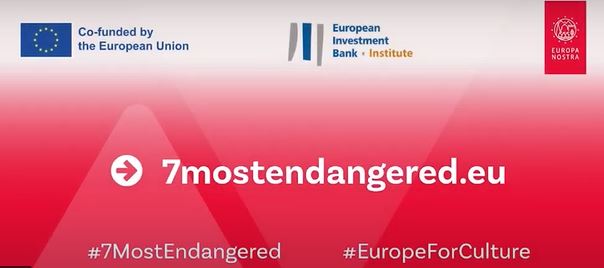

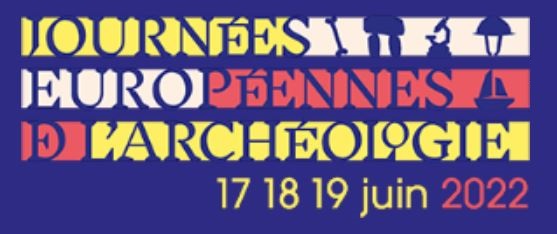

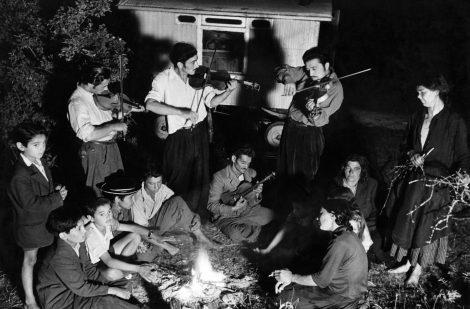
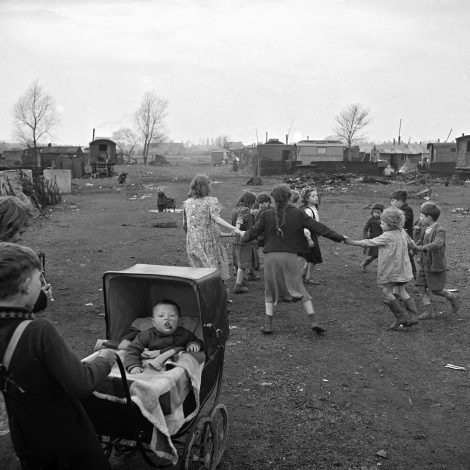
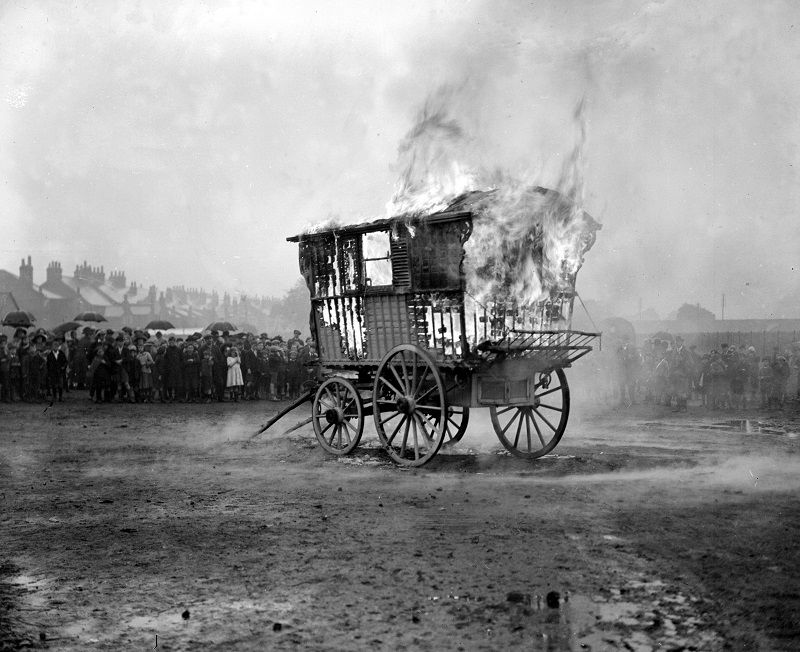

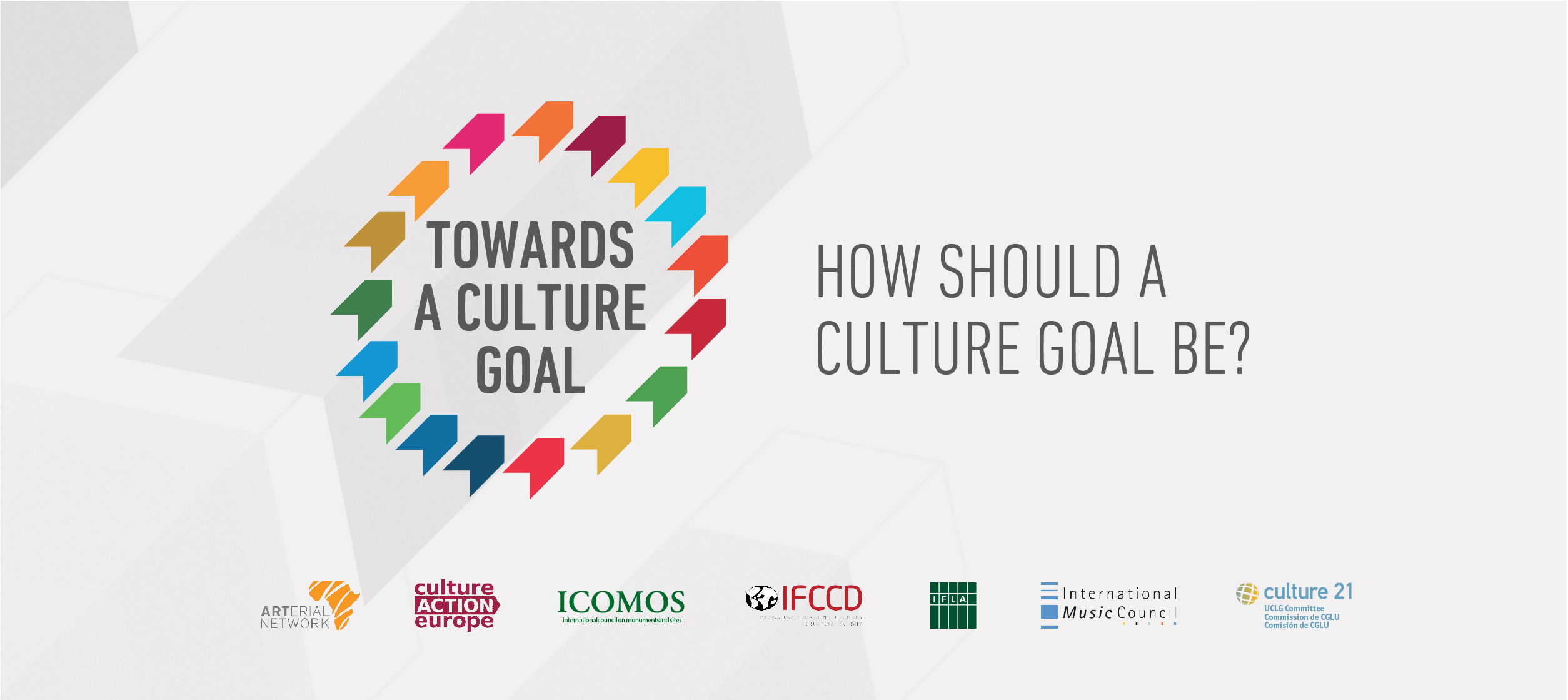
 If you have interesting news and events to point out in the field of digital cultural heritage, we are waiting for your contribution.
If you have interesting news and events to point out in the field of digital cultural heritage, we are waiting for your contribution.







































